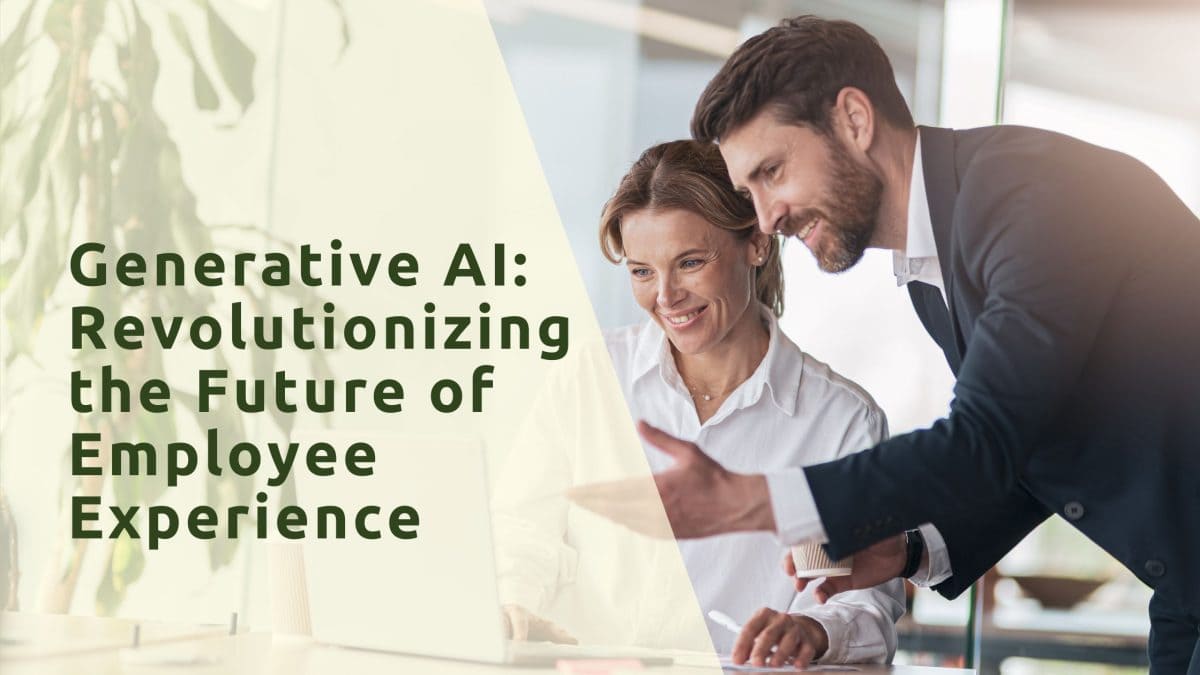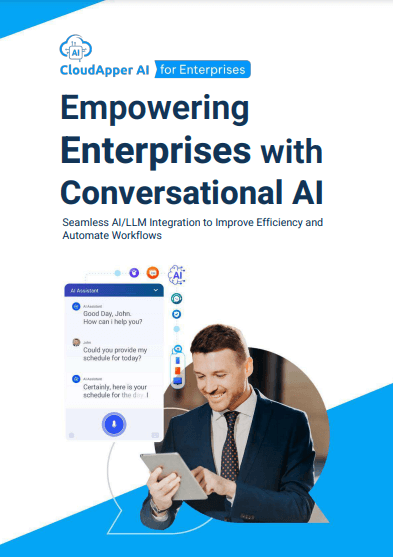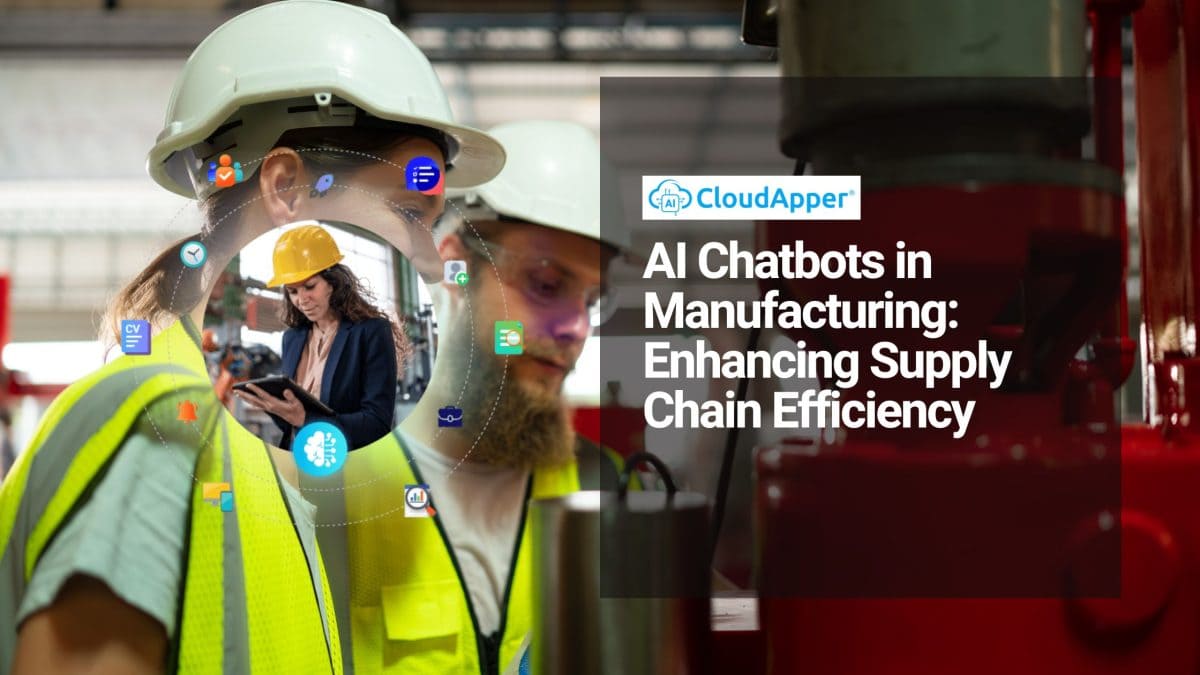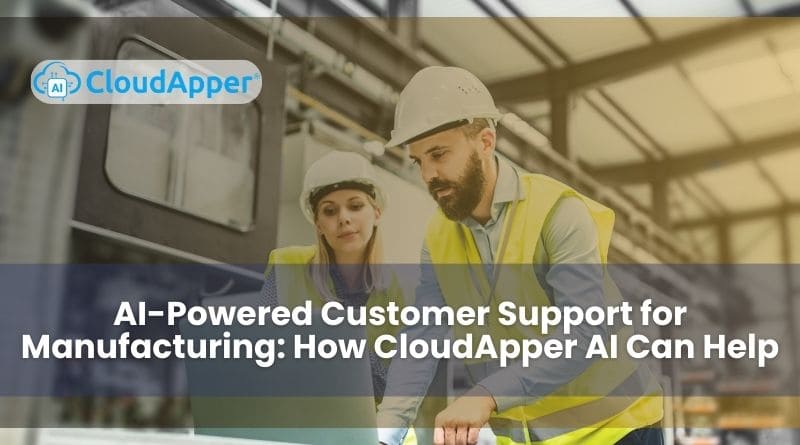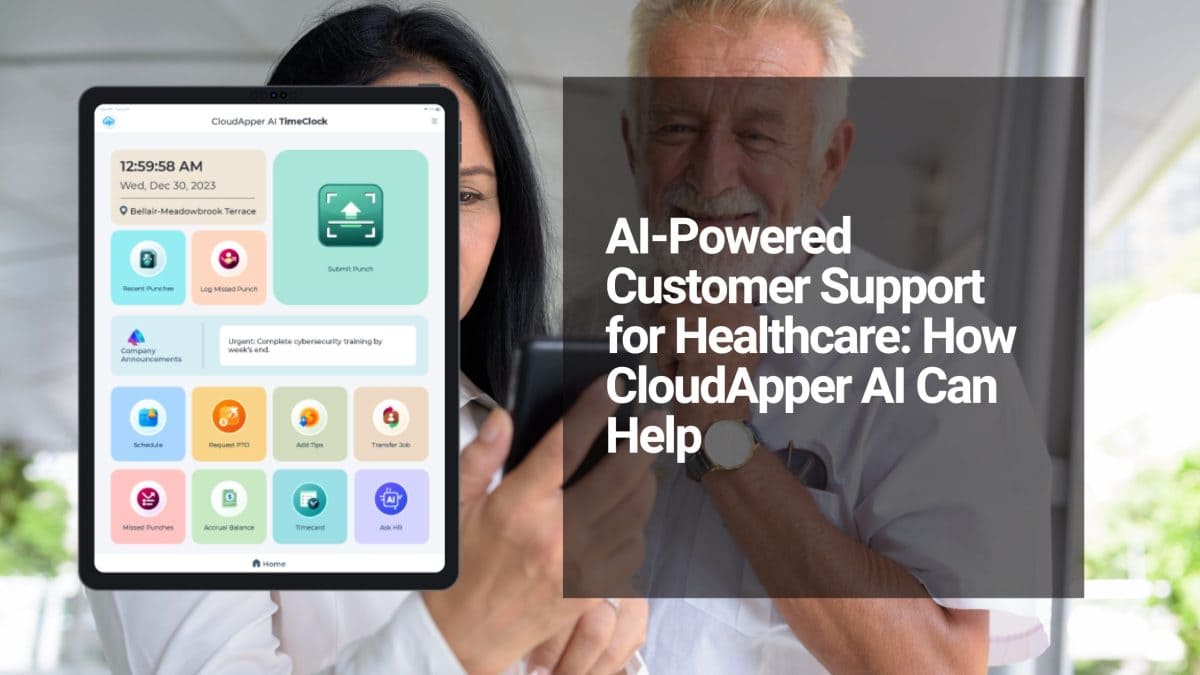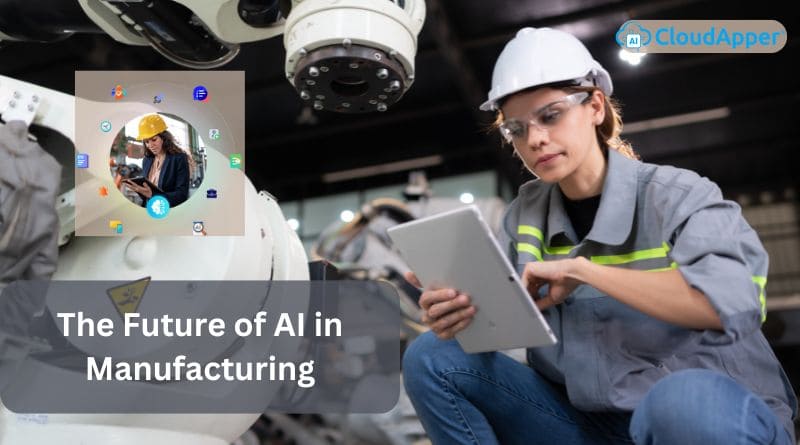Maintaining a competitive advantage is crucial in today’s lightning-fast business environment. Generative AI is a leading technology in this revolution that is altering the game. Because Generative AI can automate boring tasks and inspire innovation, businesses are undergoing a sea change. The employee experience is one area where this technology is making a huge impact.
The Transformative Power of Generative AI
Generative AI is more than a passing fad; it has the potential to spur creativity, productivity, and financial gains. As companies face the challenges of the contemporary day, generative AI is making waves as a game-changer for employees by making the workplace more interesting, efficient, and tailored to their needs.
The CIO’s Role in Driving Digital Transformation
Chief Information Officers (CIOs) frequently take the lead in digital transformation initiatives within HR technology. It is getting more and more important for chief information officers to comprehend the capabilities of generative AI and how to use them to generate revenue and drive innovation. Chief Information Officers (CIOs) may set their companies apart from the competition by utilizing Generative AI and leading the charge to implement cutting-edge technology that boosts competitiveness.
Generative AI in Action: Use Cases in Employee Experience
In contrast to popular belief, generative AI is an actual, workable solution with real-world uses. Some major areas where Generative AI is changing the game for workers’ satisfaction are as follows:
1. HR Service Delivery:
- Automating common employee queries
- Facilitate employee self-service
- Screening resumes
- Capture employee data and feedback
Result: Improved HR service delivery, reduced HR burden, allowing HR personnel to focus on strategic initiatives.
2. Employee Engagement:
- Generating personalized responses, recommendations, and exercises
- Creating personalized learning paths
- Suggesting relevant training programs
- Generating content for internal communication and engagement initiatives
Result: Enhanced employee engagement through personalized experiences, fostering a more connected workforce.
3. Onboarding – Offboarding:
- Automating checklist generation
- Ensuring compliance checks
- Streamlining IT resources
Result: Seamless and consistent onboarding/offboarding experiences, reducing administrative overhead and ensuring policy compliance.
4. IT Service Delivery:
- Automating repetitive query resolution
- Managing ticket systems
- Handling access issues and system/software updates
- Recommended self-help guides based on IT knowledge base
Result: Improved IT service delivery, empowering employees to self-serve and reducing reliance on IT teams.
5. Employee Development:
- Recommending personalized learning paths
- Suggesting training programs based on individual skills and interests
- Providing career development recommendations
Result: Increased employee satisfaction and retention through personalized career development opportunities.
Managing Risks, Technical Limitations, and Ethical Considerations
While Generative AI holds immense potential, it’s crucial to be aware of the associated risks and ethical considerations. Here’s how organizations can proactively address these concerns:
1. Data Privacy:
- Anonymizing data
- Implementing encryption
- Setting access controls
2. Model Deployment:
- Secure and controlled deployment
- Implementing authentication and authorization controls
- Regularly updating and patching deployed models
3. Scalability:
- Evaluating infrastructure capacity
- Ensuring optimization for efficient use
4. Change Management:
- Communication, training, and support for employees
- Addressing concerns or resistance to change
5. Potential Biases:
- Curation of training data
- Bias audits
- Fairness-related interventions and adversarial training
6. Ethical Implications:
- Developing policies for responsible use
- Transparency in Generative AI usage
- Obtaining informed consent from users
Unlocking the Power of Generative AI: Why CIOs Should Embrace the Future
For CIOs at the forefront of digital transformation, incorporating Generative AI into internal employee processes offers numerous advantages:
1. Enhanced Personalization:
- Providing customized content, recommendations, and services based on individual preferences
2. Increased Efficiency:
- Automating repetitive tasks, freeing up time for strategic activities
3. Improved Decision-making:
- Data-driven insights for talent management and employee engagement strategies
4. Foster Innovation:
- Generating new ideas, designs, and solutions in various aspects of business operations
Conclusion: Embracing the Future of Work with Generative AI
For Chief Information Officers (CIOs) at the forefront of Generative AI adoption, CloudApper AI presents a strategic opportunity to not only embrace the future but lead their organizations into a new age of prosperity. By incorporating CloudApper AI into internal employee processes, CIOs can future-proof their organizations, foster adaptability, and position themselves as pioneers in the evolving digital landscape.
Now is the time for CIOs to seize the moment, recognizing CloudApper AI as the key to unlocking the full potential of Generative AI and ushering in a new era of success for their organizations and employees. As the digital age continues to unfold, CloudApper AI stands as a potent partner, dedicated to transforming the employee experience and driving organizations towards unparalleled achievements.

